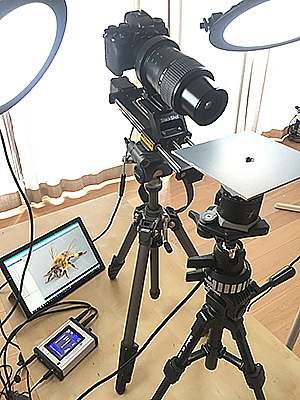Acknowledgements e-learning
This Open Access e-learning has been made possible by a generous grant of the Uyttenboogaart-Eliasen Foundation (UES) in the Netherlands.
The photographs published on this website have been made and are copyrighted by Hans Smid, with the exception of the photo of Trichogramma brassicae, which was made and is copyrighted by Nina Fatouros, and the photo of Tribolium confusum, which was made and is copyrighted by Theodoor Heijerman (EIS Kenniscentrum Insecten, Leiden, the Netherlands).
Jeffery K. Tomberlin and Arnold van Huis, editors of the book ‘Insects as food and feed: from production to consumption’ that is accompanied by this e-learning, have provided the information on the edible insect species shown on this website, and developed the questions to test your knowledge on edible insects.
Yde Jongema, known for the worldwide list of recorded edible insects, is acknowledged for checking the nomenclature and classification of the insects described on this website.
Brigitta Wessels and Nico Mentink (NVWA, Wageningen, the Netherlands) are thanked for giving Hans Smid and Theodoor Heijerman the opportunity to photograph several Coleoptera specimens.
 Photo technique
Photo technique
The photographs made by Hans Smid were optimized for increased depth of field by using the photo stacking technique, in order to produce macro photographs in which all details of the insect are in focus. This was done by making multiple images at various distances with a camera (Canon EOS M5, Tokyo, Japan) mounted on a Stackshot automated macro rail (Cognisys, Traverse city, MI, USA). Resulting stacks of images were processed with Zerene stacker software vs 1.04 (Zerene systems, Richland, WA, USA). This software masks the unsharp parts in a stack of images to produce a single photograph of the sharp parts of each image in the stack. Depending on the magnification and size of the insect, between 30 and 80 images were taken to produce one photograph that shows the entire insect in focus. For the 360 degrees views, 36 of such photographs were made by placing the insect on an automated rotating platform. For a complete view of an insect around 360 degrees, as shown in this website, typically between 1000-2000 images were required.

